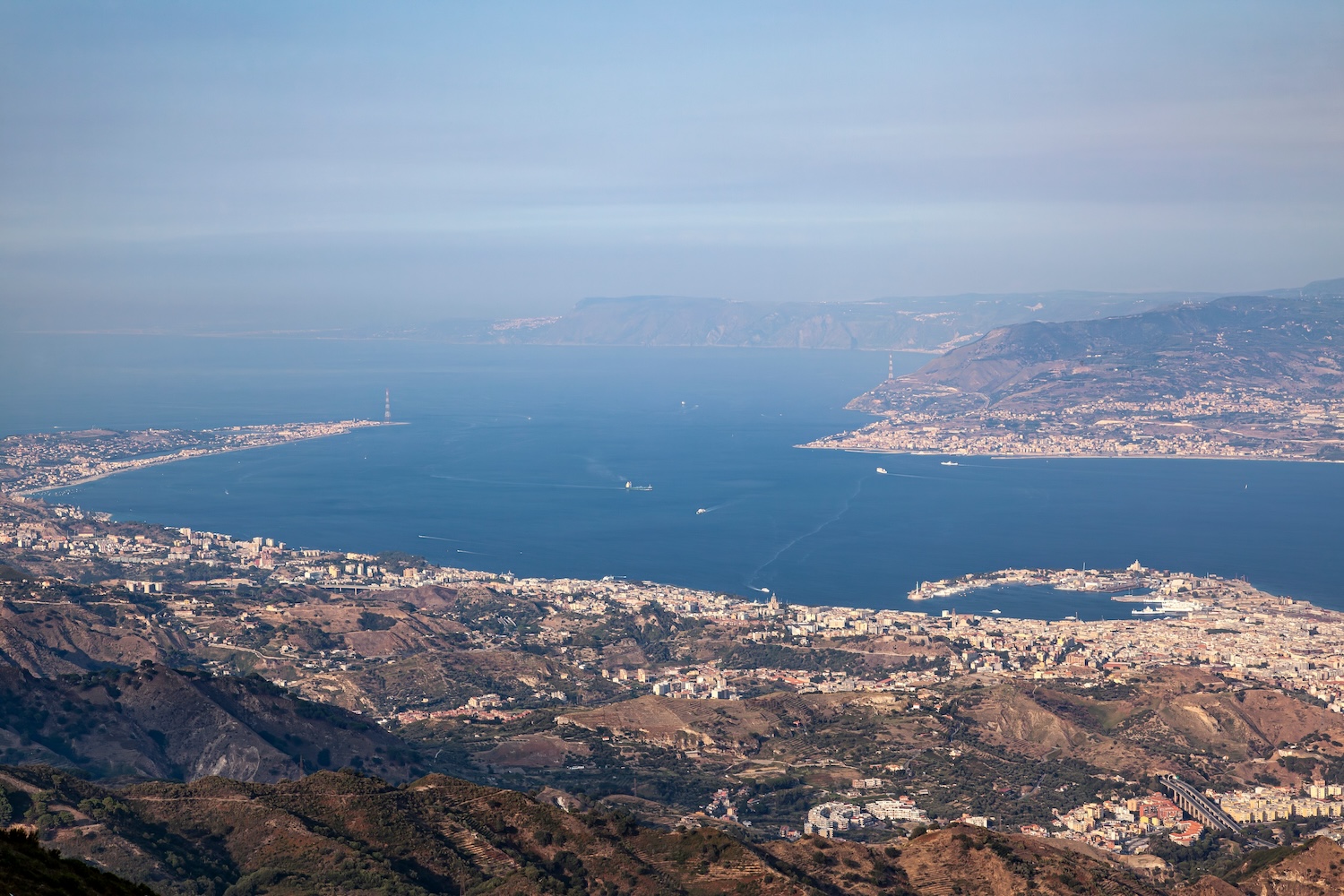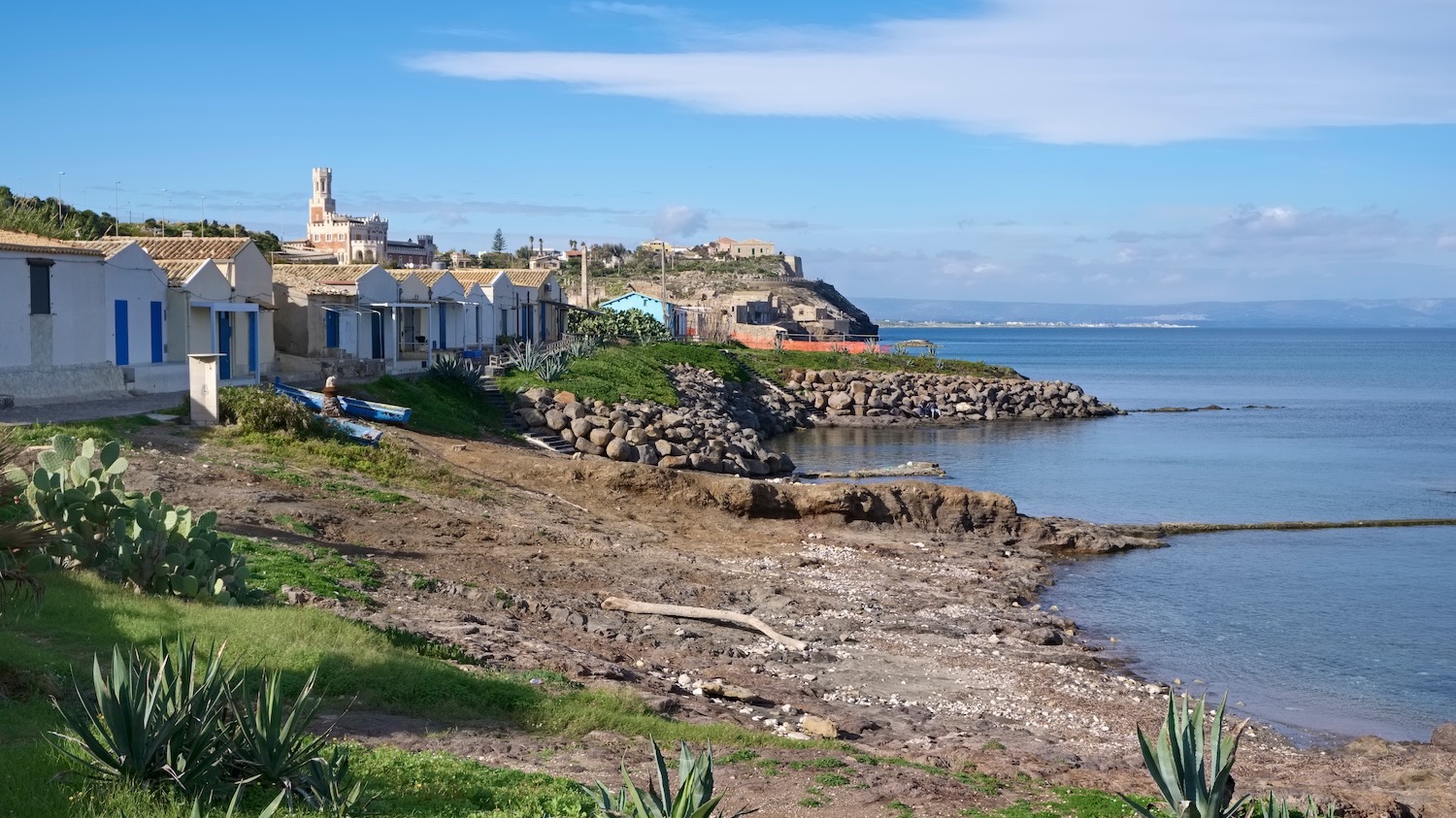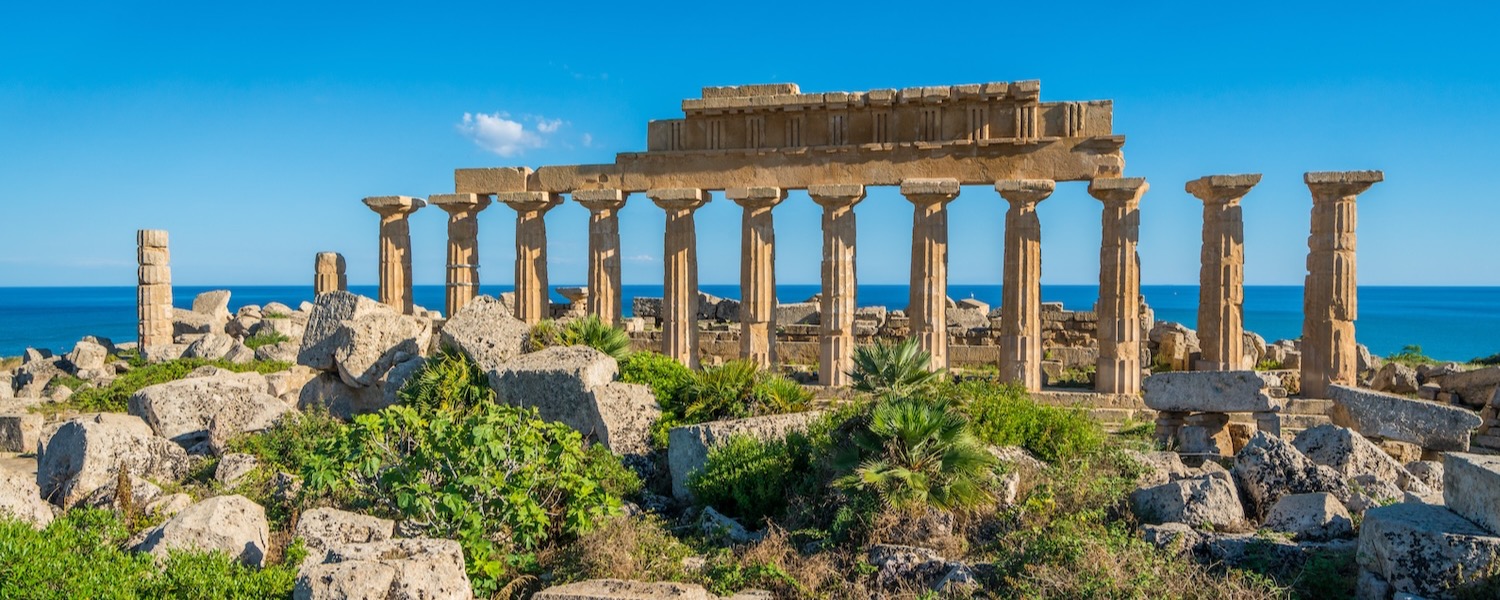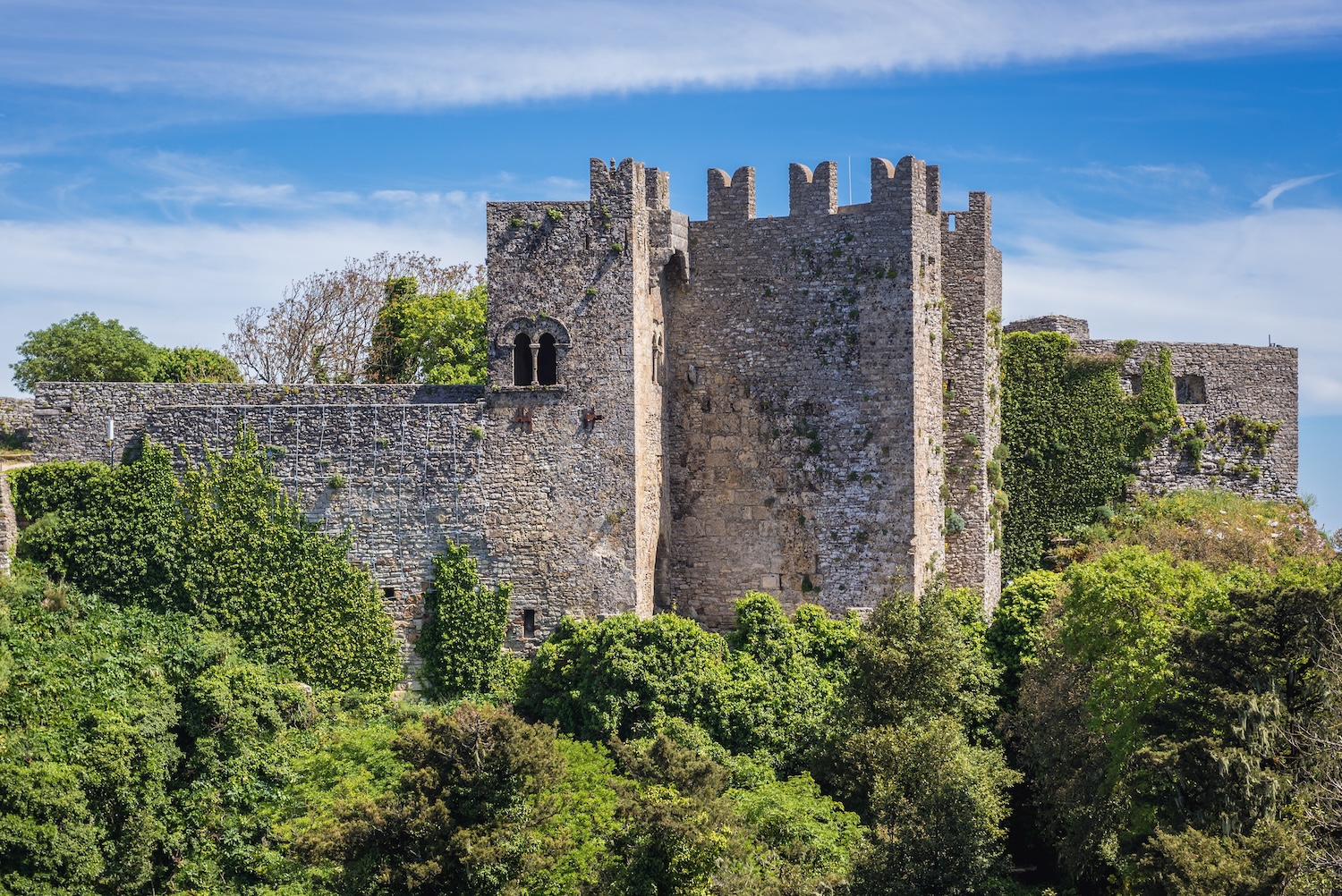How Greek Myths Inspire Sicilians to Embrace the Here and Now
Myths from Ancient Greece still play a central role in Sicilian culture, reinforcing long-standing beliefs and habits that encourage Sicilians to live in the moment and savor the present.
The Greek spirit still prevails in the character of Sicilians. Since ancient times, Greeks have created legends to explain natural phenomena and human suffering – many of these stories date back to the period when Sicily was adorned with Greek colonies. This tradition continues today, as we often attribute our sorrows to fate or the gods.
The ancient myths are not just stories that have nourished the imagination of the island's inhabitants and visitors, once as mythical explanations of natural phenomena and then as elements of folklore. They are still important to our heritage since they shaped the character of the Sicilians and still influence us today.
It’s the paradox of our character - resignation translates in living in the moment and not thinking too much about the future.
Due to this divine fatalism, Sicilians often live their lives with a sort of resignation that at times appears to hinder social evolution. Yet, believing that the world is subject to the whims of the gods also leads to excessive optimism. It’s the paradox of our character - resignation translates in living in the moment and not thinking too much about the future.
It all began around the 8th century BC with the establishment of the first Greek colonies on the eastern coast. The Chalcidians founded Zancle (now Messina), Naxos, and Katane (Catania), while the Corinthians established Syrakousai (Syracuse) on the southeastern coast. These sea-faring people brought with them their traditions, myths, and beliefs. At the same time, Sicily’s natural features – rich in volcanoes, rivers, and lakes – inspired local imagination.
Scholars still debate whether Messina or Naxos was the first Greek colony. Our journey through Sicilian myths begins at the island's extreme tip, nearly touching the Italian peninsula, forming the Strait of Messina. From then on, we will proceed geographically from east to west. Every part of the island is full of myths that express the same mindset: fate governs our existence, and men can do nothing but submit to it and enjoy the moment before everything collapses.
Scylla and Charybdis: The Monsters of the Strait
Located on opposite sides of the Strait of Messina, between Calabria and Sicily, these two mythical sea monsters were regarded by passing sailors as maritime hazards.

Restuccia Giancarlo
The ancient myth sought to explain a natural phenomenon, as sailing the Strait is still considered difficult due to its irregular currents. Historically, the Sicilian people have always had to weasel out of dangerous situations, often forced to choose between two evils (i.e. dominations). The island has been a battleground ever since the Greeks arrived on a land already inhabited by more ancient peoples called Sicani and Siculi, who they subdued not without fighting. Not to mention the bitter fights between Arabs and Normans. Scylla and Charybdis were – and still are – two powerful symbols of Sicilian history.
According to mythology, Scylla was a beautiful nymph. Glaucus, a sea god, fell in love with her, but Scylla was not interested in a romance. Desperate, Glaucus sought help from the sorceress Circe. Secretly in love with Glaucus and consumed by jealousy, Circe transformed Scylla into a six-headed monster. Devastated by her new monstrous form, Scylla hid under the sea and exacted her revenge on men by devouring unsuspecting sailors who passed by.
Charybdis, on the other hand, was a vortex capable of swallowing ships whole. She was once a naiad who stole oxen from Heracles. Zeus punished her by hurling her into the sea, where she transformed into a monstrous whirlpool. According to Homer's Odyssey, Ulysses was advised to navigate closer to Scylla to lose only a few sailors rather than risk the entire ship being swallowed by Charybdis.
Polyphemus and Ulysses: the Clash that Birthed the Riviera dei Ciclopi
The difficulties the Sicilian people had to deal with are perfectly symbolized by the story of Polyphemus and Ulysses, stranded on the island during his navigation to Ithaca. During his ten-year journey home from the Trojan War, Ulysses encountered Polyphemus, the Cyclops, who lived in a cave on Mount Etna.
The hero managed to escape with his companions by plunging a burning stake into the Cyclops' eye. In a fit of anger, Polyphemus hurled huge stones into the sea to hit Ulysses' ship. Today, the stretch of coast between Acicastello and Aci Trezza, just north of Catania, is called Riviera dei Ciclopi. You can still see the Cyclops' rocks in front of the fishing village of Acitrezza.

Domenico Spinnato
Typhoeus: The Giant Under the Island
Disastrous earthquakes and terrible eruptions have often caused Sicilians to lose everything. Myths explain their unfathomable destruction. In ancient times, it was believed that lava eruptions and earthquakes were caused by a giant imprisoned under Sicily. Typhoeus, also known as Typhon, was a giant who dared to build a ladder to climb Olympus and seize power from Zeus.
The god punished him by burying his body under the island: with one hand, he holds up Capo Passero, the southernmost tip of Sicily; with the other, he holds up Capo Peloro in Messina.
The god punished him by burying his body under the island: with one hand, he holds up Capo Passero, the southernmost tip of Sicily; with the other, he holds up Capo Peloro in Messina; and with his legs, he supports Capo Lilibero in the west. His head lies under Mount Etna. According to legend, his anger causes eruptions and earthquakes.

Angelo Giampiccolo
Hephaestus: The Blacksmith Inside the Volcano
Typhoeus is not the only resident of Mount Etna according to local folklore. Hephaestus, the Greek god of blacksmiths and son of Zeus and Hera, cast off Olympus due to his deformity. Since then, he is said to reside inside the volcano Etna. As a gifted blacksmith, Hephaestus forged the weapons of the gods using the volcano as his forge. He also crafted the thunderbolts Zeus used to defeat the Titans. According to myth, the volcanic activity is caused by Hephaestus's industrious work within the volcano.
The Philosopher Empedocles on Mount Etna
Etna is a powerful symbol, as well as a pervasive presence in the lives of those who live on its slopes, and contains many myths. The one concerning Empedocles, a Greek philosopher from Akragas (now Agrigento), says he perished among the flames of Mount Etna. He used to stroll around the craters to study natural phenomena.
One day, believing he was immortal, he jumped into the crater to prove to his students that his body would vanish and he would become a god. The volcano swallowed him and threw back a bronze sandal, revealing his mortality. Empedocles' arrogance also says something about the character of Sicilians, who often believe they are smarter than others (until they rub their nose in the dirt).
A refuge built on the top of Etna, named Torre del Filosofo (Philosopher’s Tower), honors his memory. You can still see its roof emerging from the lava.
Read more: A train ride around Europe’s most active volcano
Archimedes in Syracuse: Eureka!
While it is useless to oppose the gods (or fate, or whatever you call it), it is also true that Sicilians are a resourceful people, capable of getting by. Archimedes, the renowned mathematician, inventor, and engineer, lived in Syracuse during the 3rd century BC. At that time, the city was one of the most influential in the ancient world. Visitors today can still explore the ancient Greek city of Neapolis, featuring a theater that hosts classical plays every summer.
Overjoyed, Archimedes ran naked through the streets shouting, "Eureka!"
The great scientist is celebrated for his contributions to defending the city from the Romans by inventing war machines such as the catapult. However, Syracuse remembers Archimedes most fondly because of a bath. King Hieron tasked him with proving that his new crown was made of pure gold, doubting the goldsmith's integrity. Archimedes pondered this problem without success until he went to the public baths to relax.
Stay Inspired. Explore the World.
Subscribe to the Wayer Journal and discover a world of inspiring stories and Fernwayer's newest, meticulously crafted private tours.
While in the water, he noticed that as his body sank, the water level rose. This observation led to the discovery of Archimedes' principle. Overjoyed, Archimedes ran naked through the streets shouting, "Eureka!" (I have found it!) – using this principle, he demonstrated that Hieron's crown was not made of gold.
Daedalus' Flight to Agrigento
Daedalus also managed to save his neck with his wits. On the southern coast of Sicily, lies Agrigento and its stunning Valley of the Temples. In ancient times, Akragas (its Greek name) was a powerful city rivaling Athens. In the 5th century BC, Sicilian Greeks built 15 grand temples here, among the best-preserved outside of Greece.

Shutterstock
According to legend, the architect Daedalus, who created the labyrinth for King Minos in Crete to imprison the Minotaur, gave Ariadne a clue to escape. This allowed Theseus to find his way back out. Furious, King Minos sought to imprison Daedalus, who then escaped with his son Icarus on wings made of wax. Icarus, ignoring his father's warnings, flew too close to the sun, causing his wings to melt and him to fall into the sea. Daedalus landed in Agrigento, where he built a temple dedicated to Apollo, the god of the sun. Today, a bronze statue representing the Fallen Icarus lies in front of the Temple of Concordia.
Daedalus eventually sought protection from King Cocalus in Sicily. When King Minos found Daedalus, Cocalus promised to deliver him after Minos had rested. However, Daedalus killed Minos with boiling water (or red-hot pitch, according to another version) during a bath. Sicilians still firmly believe that a touch of cunning can save you from the worst fate.
The Giants of Selinunte
After visiting Agrigento, don't miss the Selinunte archaeological site, not far from the Valley of the Temples. The seaside Greek temples of Selinunte, located south of Mazara del Vallo on the western side of Sicily, are linked to a myth about giants. Once a powerful Greek city, Selinunte is now the largest archaeological park in Europe, spanning over 250 hectares.
According to myth, two populations of giants lived there: the Lotophagi, sheep farmers, and the Phaeacians, skilled navigators. An elderly giantess weaved woolen clothes for them using a huge spindle, 16 meters high and 10 meters in diameter. She was jealous of her tool and did not want other giantesses to use it. However, a young giantess stole it, causing the old giantess to die of sorrow.
Since then no one else could use the gigantic spindle, the giants were forced to go naked. Locals claim the spindle is still visible as one of the columns of Temple G, built in honor of Zeus, known as "lu fusu di la vecchia" (the old lady’s spindle). Sicilians are still very jealous of what belongs to us but don't worry, we have learned to share the beauty of our island.

Shutterstock
Erice: A Temple Close to the Stars
Erice was home to a famous temple dedicated to the Greek goddess Aphrodite (Venus under the Romans). Today, the Norman castle built on the former temple site is still known as the Castle of Venus. The sanctuary, perched high on a hill, attracted people from all over the Mediterranean, and passing sailors often sought protection from the goddess. Virgil, in his Aeneid, described it as "the temple close to the stars." Stars, seas and winds have always been key elements of the Sicilian imagination. Living on an island made knowing them essential for navigation and the connection to myths and deities was inevitable.

Shutterstock
The Home of Aeolus, God of the Winds
Speaking of islands, Sicily is surrounded by smaller islands rich in stories of their own. Legend has it that Aeolus resided in a castle protected by bronze walls on the Aeolian island of Lipari. The god of the winds, tasked by Zeus to guard them, welcomed Ulysses during his wanderings. When it was time to leave, Aeolus gave Ulysses a bag containing all the winds that could hinder his journey, leaving only Zephyr free to blow so he could sail safely to Ithaca.
However, as they neared home, the sailors, believing the bag contained treasure, opened it, releasing the winds and sending the ship back to the Aeolian islands. Aeolus, angry with Ulysses for losing the winds, refused to help him again, forcing the hero into a long and perilous journey home.
The story is a reminder of what happens when the gods punish those who do not respect their will, but it also says a lot about the inexhaustible curiosity of Sicilians who stick their noses even where they shouldn't.
Traveling to Sicily, you will realize that much of the character of Sicilians is linked to Greek heritage. We tend to be short-sighted, because we know that tomorrow may not arrive; we embrace the philosophy of here and now. Enjoying the present moment; we have learned to throw ourselves headlong into life.

